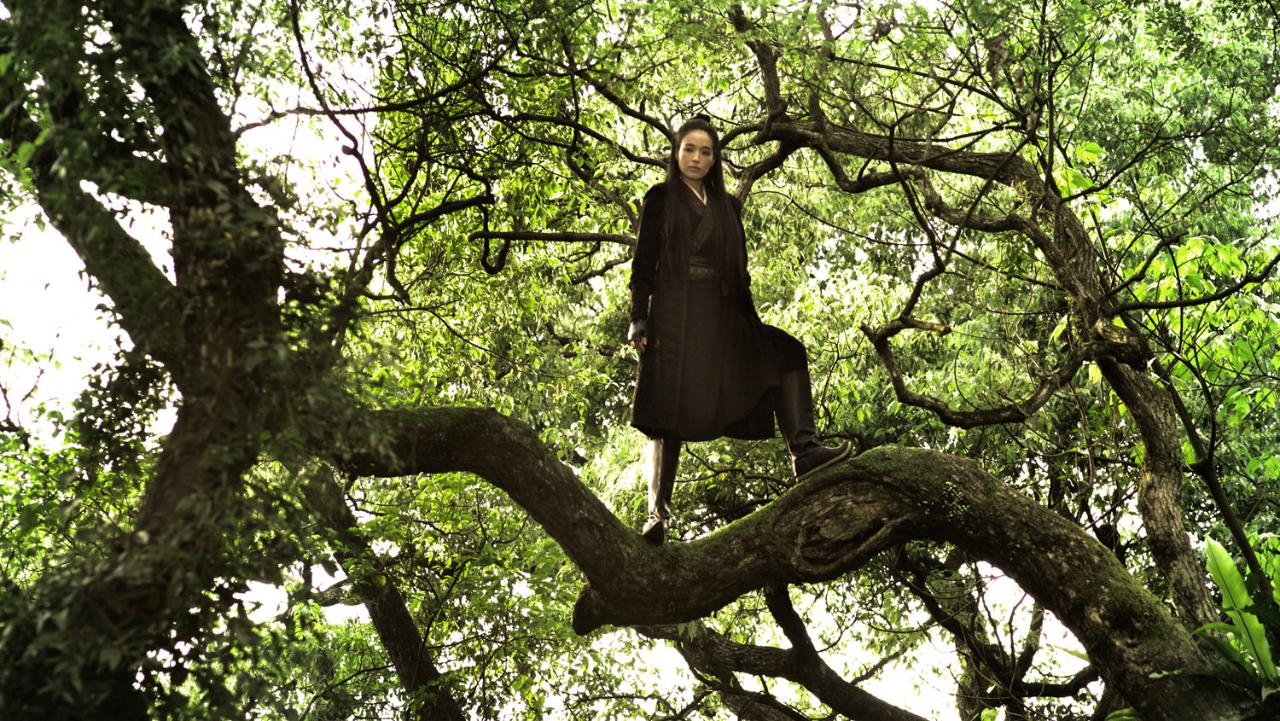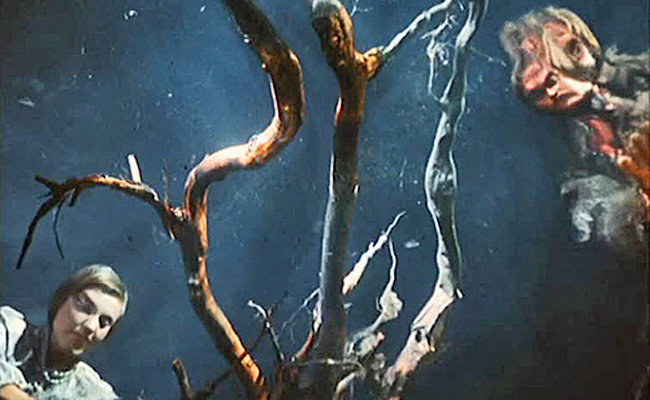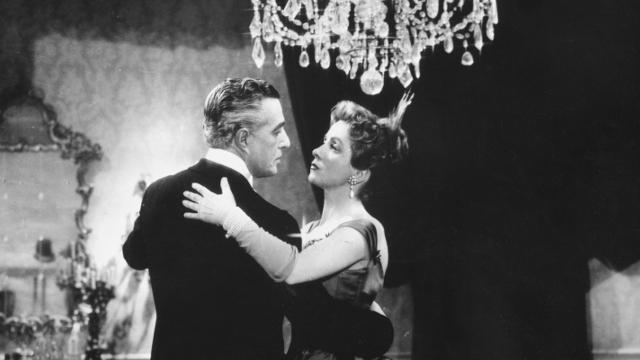
What are we looking for when we watch films? Stories? Characters? Scores? Above all, the moving image is the fundamental element that distinguishes cinema from other art forms.
You don’t have to be a film expert to appreciate a beautiful film, but you have to learn every aspect of film cinematography, the framing, the lighting, the camera movement, the camera angle to really understand and appreciate cinema as a visual art form.
A visually stunning film stands the test of time even it’s shot in black and white. The beautiful imagery endures repeated viewings even you can recite the plot backwards. True auteurs of cinema all have their own unique visual styles of filmmaking.
It’s not difficult to make a visually stunning film nowadays, but it’s also easy to go form over substance. Only films with both great visuals and storytelling become the classics movie buffs worship today.
Many filmmakers are famous for making visually stunning films, Andrei Tarkovsky, Terrence Malick, Wes Anderson, Pedro Almodovar are some of the most notable names related to beautifully shot films. We will not talk about their films in this list, we want to introduce lesser known visually stunning films to wider audiences simply because they deserve every word of it.
Without further ado, here are 15 gems of visually stunning cinema, you should definitely give every one of them a watch if you are really into beautiful films.
1. The Conformist (1970, Bernardo Bertolucci)

Simply put, Bernado Bertolucci’s stunning masterpiece is the “Citizen Kane” in film cinematography. Everything about cinematography is in perfect display here. It’s not as studied as it should be because the film only got proper home video release in recent years, but the outstanding visuals will definitely impress anyone who lays eyes on it.
The look of the film has such influence on the New Hollywood movement that Francis Ford Coppola invited the DP of this film to shoot his own masterwork Apocalypse Now.
2. The Assassin (2015, Hou Hsiao-Hsien)

Taiwanese auteur Hou Hsiao-Hisen’s period drama is one of the most visually unique films made in the new century. The film redefines cinema with its long static shots and Oriental aesthetics.
It’s certainly not for everyone. If you are not familiar with Hou’s slow cinema style, you might find the film rather boring. To fully appreciate this visual feast, you have to be open-minded about something quite different from the films you usually see.
3. Blood and Black Lace (1964, Mario Bava)

Mario Bava has long been overshadowed by his Italian peer Dario Argento because nothing he had done managed to achieve the cult status of Argento’s Suspiria. But his reputation as a visual master has been growing as more and more of his films are restored to amazing effects.
He is actually the one who invented the giallo genre with his debut Blood and Black Lace in 1964, 6 years before Argento made his first film, The Bird with the Crystal Plumage. The unique visuals of this film, especially the use of different colors, has influenced many horror directors to come.
4. Shadows of Forgotten Ancestors (1965, Sergei Parajanov)

When talking about Soviet Cinema, the name of Andrei Tarkovsky naturally comes to mind. Few people know that his good friend Sergei Parajanov made the same kind of visually stunning and obscure films, Shadows of Forgotten Ancestors is not his best-known film (it goes to The Color of Pomegranates) but probably his most accessible one.
The film is full of incredible shots, it opens with a camera mounted on the top of a big tree, and it makes a marvelous POV shot as the tree is cut off. If you are a fan of Tarkovsky’s cinema, you should take a look at Parajanov’s filmography, or at least give this film a chance.
5. I Am Cuba (1964, Mikhail Kalatozov)

When asked by Empire magazine about their favorite movie moments, several top directors of cinematography chose the crane shot in this movie and acknowledged that they still haven’t figured out how it was shot.
The movie is totally forgotten until directors like Scorsese and Coppola began a campaign to restore it in the early 1990s. The long-take at the beginning might make your jaw fall off, it’s so good that you will beg for more (and you have it). Try to find this film as it might be the greatest film you have never seen.
6. The Earring of Madame de… (1953, Max Ophüls)

It’s really not hard to sell this black-white French gem. It was made by Stanley Kubrick’s biggest heroes and inspirations, Max Ophuls, and it was called by film critic Andrew Sarris (the initiator of the auteur theory) as “the most perfect film ever made”.
The film is famous for its elegant long takes and Italian neo-realism actor-director Vittorio De Sica’s charming presence as the leading man.
7. Picnic at Hanging Rock (1975, Peter Weir)

Peter Weir’s Australian New Wave classic is often described as “a sensual film without sex and a horror film without horror”. It’s the typical “every picture a frame” movie.
Like what Nicholas Roeg did with his film “Walkabout”, Peter Weir perfectly created a mythic air among the Hanging Rock and turned the outback landscape into one of the film’s most important characters. You will be drawn into the force of nature as you watch it.